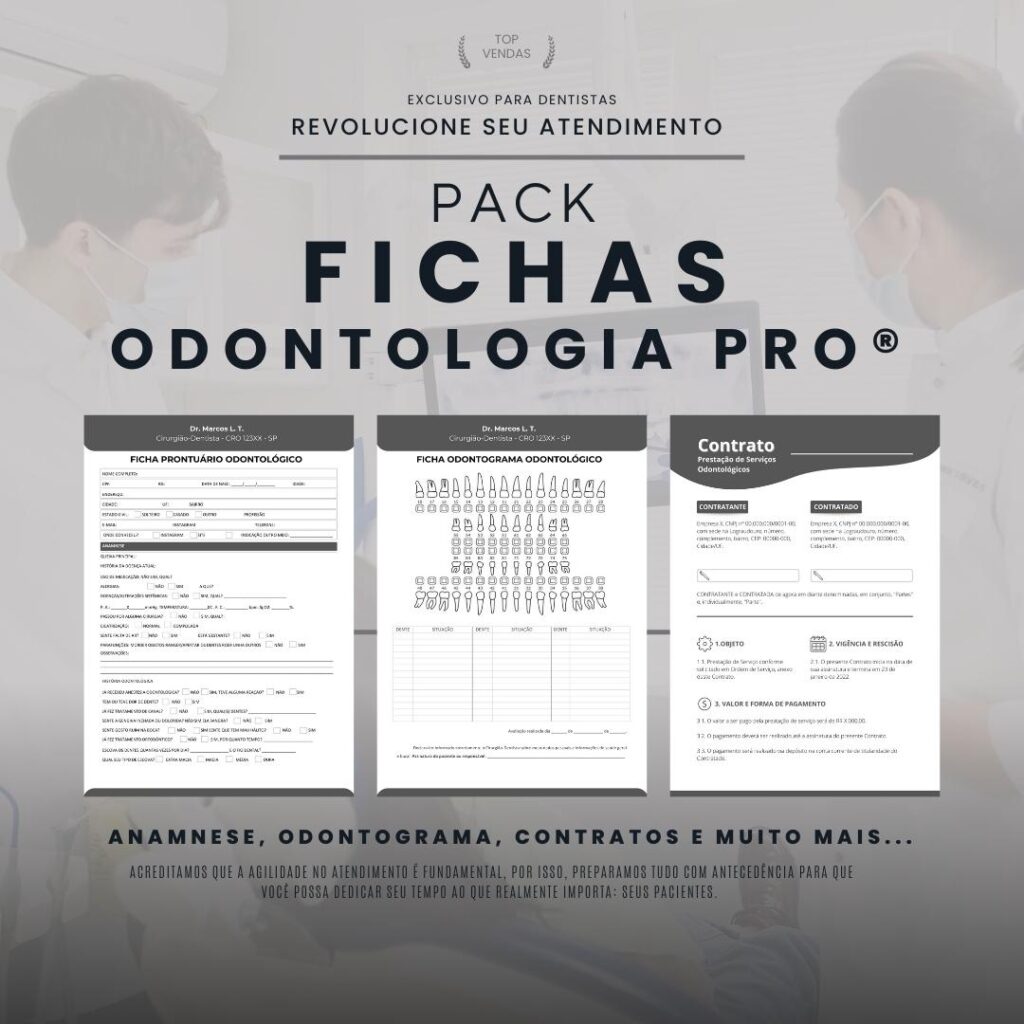What is it: Digital Polarized Light for Intraoral Photography
Digital polarized light for intraoral photography is an advanced technique used in dentistry to capture high-quality images of the oral cavity. This technique involves the use of a polarized light source combined with a digital camera, allowing the dentist to record clear, detailed images of the teeth, gums and other oral structures.
How Digital Polarized Light for Intraoral Photography Works
Digital polarized light for intraoral photography works by polarizing the light emitted by the lighting source. Polarized light is light that vibrates in only one direction, which helps reduce unwanted reflections and glare in captured images. This results in clearer photographs, with greater contrast and sharper details.
To use this technique, the dentist positions the polarized light source at a specific angle in relation to the digital camera. The polarized light is then directed to the area to be photographed, eliminating reflections and glare caused by ambient light or the surfaces of teeth and oral tissues.
Advantages of digital polarized light for intraoral photography
Digital polarized light for intraoral photography offers several advantages over traditional dental photography techniques. Some of the key advantages include:
1. Better Image Quality: Polarized light helps reduce reflections and glare, resulting in sharper, higher-contrast images. This allows the dentist to visualize important details that may go unnoticed in conventional photographs.
2. Better Color Reproduction: Polarized light helps reproduce colors more accurately, ensuring photographs are true to the actual appearance of teeth and oral tissue.
3. Shorter capture time: With polarized light, the dentist can capture images more quickly and efficiently, as it is not necessary to constantly adjust the camera position to avoid unwanted reflections.
4. Better communication with the patient: Images captured with polarized light can be easily shared with patients, allowing a better understanding of oral problems and facilitating communication between the dentist and patient.
Applications of digital polarized light for intraoral photography
Digital polarized light for intraoral photography has several applications in dentistry. Some of the main applications include:
1. Documentation of clinical cases: The polarized light technique is widely used to document clinical cases, allowing the dentist to record the evolution of treatments over time.
2. Treatment planning: Images captured with polarized light can be used to plan dental treatments, allowing the dentist to visualize important details and make more accurate decisions.
3. Education and research: Intraoral photographs captured with polarized light are often used for educational and research purposes, allowing dental professionals to share knowledge and advance the field.
Final considerations
Digital polarized light for intraoral photography is a powerful and efficient technique for capturing high-quality images of the oral cavity. With its advantages over traditional dental photography techniques, this technique has become increasingly popular among dentists.
By using polarized light, dentists can obtain sharper images with greater contrast and more accurate color reproduction. This not only aids in diagnosis and treatment planning, but also improves communication with patients.
Therefore, digital polarized light for intraoral photography is an essential tool for dental professionals who want to provide quality care and ensure the success of their treatments.

